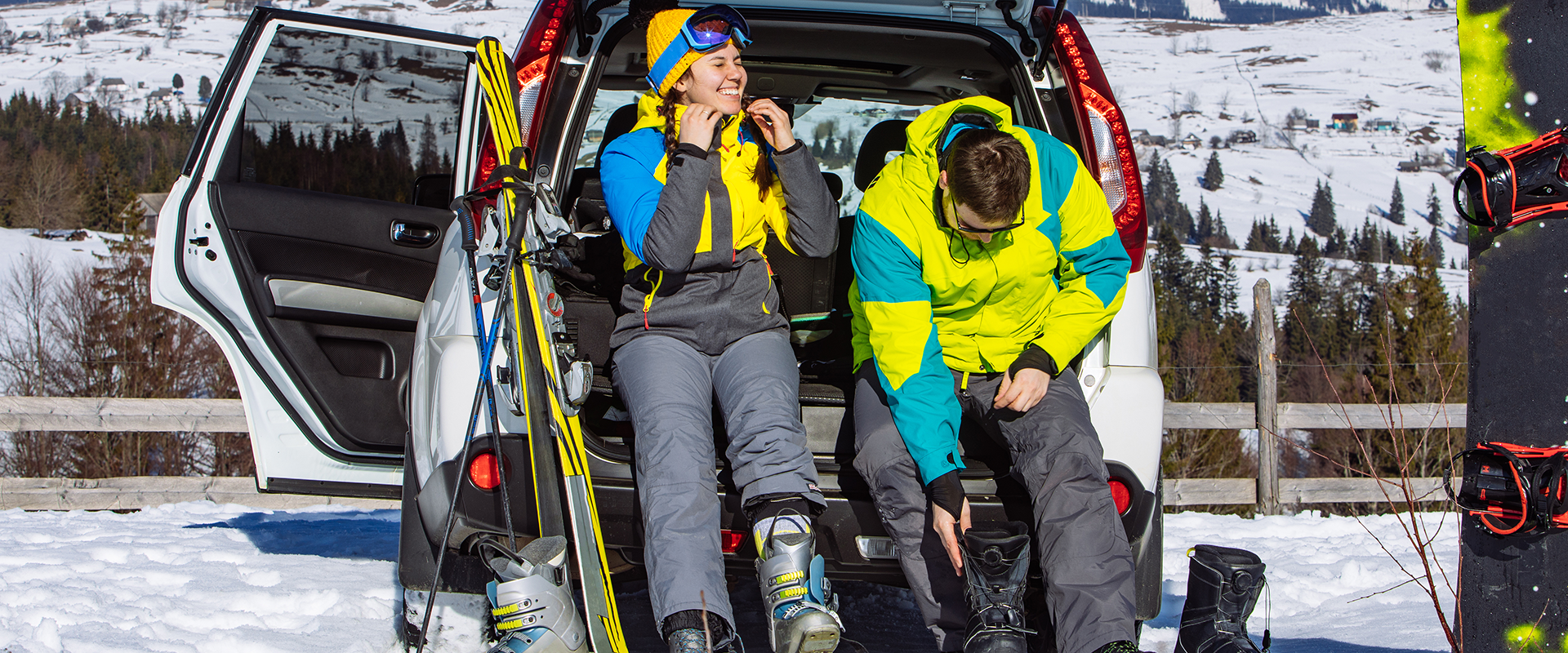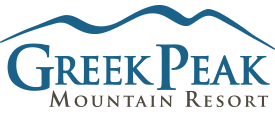
Skiing for Beginners: Before You Arrive: Dressing for the Slopes
Wearing the right clothes can make all the difference in your skiing or snowboarding experience. The weather on the mountain can be unpredictable, with temperatures changing quickly as you move higher or lower on the slopes. Dressing properly not only keeps you warm and dry but also allows you to focus on learning and having fun, rather than worrying about the cold or discomfort.
Layering Basics
Staying warm and comfortable on the slopes is all about layering. We recommend the three-layer system to keep you dry, insulated, and protected from the elements.
Base Layer: Start with a moisture-wicking base layer. Avoid cotton as it absorbs sweat and can make you colder. Opt for thermal wear made from synthetic materials or merino wool.
Mid-Layer: Your mid-layer provides insulation. Think of fleece jackets, down sweaters, or anything that retains body heat without being bulky.
Outer Layer: The outer layer protects you from wind, snow, and moisture. A waterproof, breathable jacket and pants are essential to keep you dry. Look for options with adjustable cuffs, hoods, and vents for added comfort.
Accessories
Accessories might seem small, but they make a big difference in keeping you warm and safe.
Gloves/Mittens: Cold hands can end your day early. Choose waterproof gloves or mittens with good insulation. Mittens often keep hands warmer than gloves.
Neck Gaiter/Scarf: Protect your face and neck from the wind and cold. A neck gaiter or balaclava made from breathable fabric will keep you warm without fogging up your goggles.
Goggles: Goggles protect your eyes from snow, wind, and UV rays. Look for anti-fog, UV-protection lenses, and consider interchangeable lenses for different weather conditions.
Helmet: Safety first! A helmet keeps you warm and protects your head. Most helmets are designed to fit snugly and comfortably over a thin hat or balaclava.
Rent or Bring?
Not sure if you need to buy all this gear? We’ve got options for you.
Greek Peak offers a range of rental options for those who don’t want to invest in gear right away. You can rent items like jackets, pants, and helmets right at the resort. If you decide to buy, there is plenty of gear available in the Mountain Shop.
Helpful Tips and Common Mistakes

Pro Tip #1: Layer Smart: Always start with thin, moisture-wicking layers. You can always add more if needed.
Pro Tip #2: Avoid Overdressing: You’ll warm up quickly once you start moving. If you’re sweating before you hit the slopes, you might have too many layers.
Pro Tip #3: Keep Your Feet Warm: Cold feet can ruin a great day. Wear thin, moisture-wicking ski socks made from wool or synthetic materials. Avoid layering multiple pairs of socks as this can restrict blood flow and make your feet colder.
Pro Tip #4: Invest in Quality Gloves: Your hands are exposed to the elements while skiing, so invest in a good pair of waterproof, insulated gloves or mittens. Gloves with wrist straps can prevent them from falling off the lift if you take them off.
Pro Tip #5: Use Hand Warmers and Toe Warmers: On particularly cold days, disposable hand warmers and toe warmers can be lifesavers. Slip them into your gloves and boots to keep extremities warm.
Pro Tip #6: Wear a Lightweight Hat or Helmet Liner: If you plan on wearing a helmet (highly recommended), wear a thin, moisture-wicking hat or helmet liner underneath. This keeps your head warm without compromising the fit of your helmet.
Pro Tip #7: Pack an Extra Layer: Weather can change quickly on the mountain. Pack an extra mid-layer in your bag or locker so you can adjust if it gets colder.

Common Mistake: Wearing Jeans or Street Clothes
Jeans and other everyday clothing absorb moisture and won’t keep you warm or dry. Ski clothing is specifically designed to protect you from the elements, so opt for waterproof ski pants and jackets.
Common Mistake: Forgetting Sunscreen
Even on cloudy days, UV rays can be intense at higher altitudes and reflect off the snow. Apply sunscreen to your face and lips to avoid sunburn.
Common Mistake: Overlooking Ventilation
Many ski jackets and pants come with ventilation zippers. Forgetting to use these can make you sweaty and uncomfortable. Open vents when you get too warm, especially on sunny days or during intense activity.
Common Mistake: Not Tucking in Layers Properly
If your base or mid-layers aren’t tucked in correctly, snow can find its way inside your clothing. Make sure to tuck in your layers neatly to keep the snow out.
Common Mistake: Wearing Cotton Socks
Cotton socks trap moisture, which can make your feet cold. Always opt for ski-specific socks made from wool or synthetic blends to keep your feet dry and warm.
